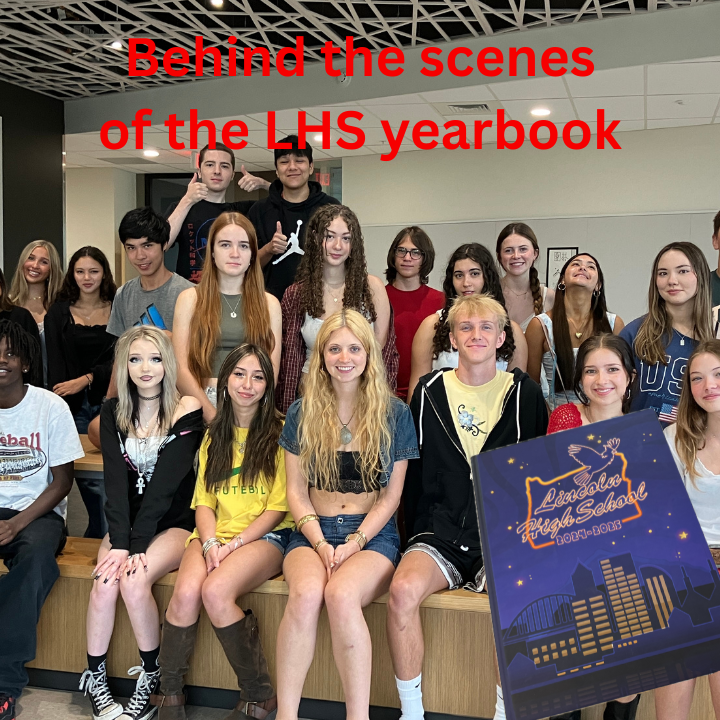Students and teachers share involvement in nail culture
March 15, 2023
Nail culture is trending with 211 million Instagram posts with #nails in the caption. According to The Guardian, this creative expression can be traced back to 5,000 BC when Egyptian mummies had gilded nails, Indian women stained their nails with henna and Babylonian men used kohl to color their nails.
Over time, nail culture has undergone numerous changes. The modern presence of nail art is significant within the Lincoln community.
Throughout history and the present, aspects of nail culture have been founded and populated by women of color.
English teacher and woman of color Mary Brunson recognizes the impacts of racial discrimination on forms of expression.
“Most amazing forms of expression come from women desperately trying to express themselves in systems that don’t allow them to,” she said.
As a Black woman, senior Sumiya Coleman has personally experienced the power of this connection.
“It allows us to come together like how barber shops brought a lot of Black men together, [nail culture] brings a lot of Black women, even Black men now [together],” she said.
Black women have greatly influenced different nail trends over the past few decades. Black supermodel Donyale Luna was the first woman of color to appear on the cover of US Vogue. She is recognized for displaying long acrylic nails in the 1960s. Female Black musicians like Coko from SWV and Janet Jackson embraced this art form in music videos.
Along with self-expression, people of color (POC) have recognized the importance of supporting their community. Junior Nyilah Lewis intentionally goes to POC artists and businesses.
“When I get my nails done professionally I go to at-home people, people that are located [in my neighborhood]. Most of them are people of color that are up and rising so I go and support them,” said Lewis.
Many people who are interested in nail culture were inspired by strong female figures in their lives, specifically their mothers.
Brunson started a nail tradition with her mom in elementary school.
“There was a tradition with my mom [that] before the first day of school we would go get our nails done,” she said.
Senior Sumiya Coleman connects to this experience.
“My mom was like ‘Do you wanna get your nails done?’ so she started taking me…and it became a new thing for us,”’ said Coleman.
Years after getting their first manicure, many people continue to participate in nail culture for various reasons.
For freshman Sofia Andersen, having acrylic nails brings a lot of joy.
“It’s really fun… it adds something to you,” said Andersen.
Coleman appreciates the confidence that this art form brings.
“It makes you feel really powerful. You have nails and you’re like ‘I feel me again,’’’ she said.
Although there are similarities in some forms of expression, each person expresses it differently.
Andersen gravitates towards clear nails with a unique design.
“I don’t like getting plain color because when they grow [out] you can tell, so I like getting clear ones,” she said.
Lewis considers nail styles that will enhance her outfits.
“I’m really interested in [a] coffin [shape with] … something glossy that goes with every outfit,” said Lewis.
Brunson offered some tips for people looking to participate in nail culture.
“Start small, if you’ve never gotten your nails done go for a simple gel manicure,” she said.
Coleman further encourages involvement in this art form.
“Get your nails done. Just do it,” she said.
Interviewees suggested @AmandaTheNailTech, Dipped, Mississippi Nails & Spa, and Image Nails.

![Skylar DeBose[Mary Brunson_Nails] (1)](https://cardinaltimes.org/wp-content/uploads/2023/03/Skylar-DeBoseMary-Brunson_Nails-1-e1678908865312-691x900.jpg)


